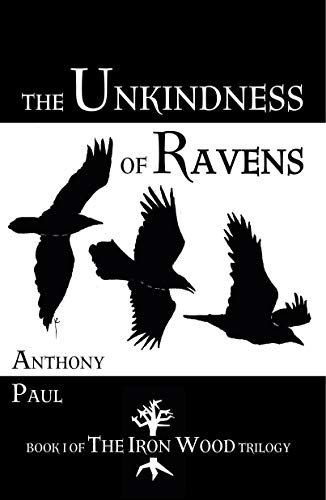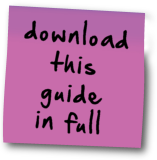Highway 61 Revisited by Bob Dylan
Page 15 of 19 - 1 2 3 4 5 6 7 8 9 10 11 12 13 14 15 16 17 18 19 Purchase full notes for £6.95 (aprox $10.84)
In the metamorphosis of Dylan’s initial ten page draft into a carefully crafted lyric, it is possible to discern the further influence of Allen Ginsberg, particularly in the song’s use of short staccato lines (describing the song as sung and rhymed rather than as printed). Ginsberg often uses short lines himself, but his preference is for long, psalmic periods, similar to those employed by William Blake and Walt Whitman. What Ginsberg almost always has, however, is the same sense of rush and energy found in several of Dylan’s songs, particular ‘Subterranean Homesick Blues’ as already noted and, pre-eminently, in ‘Like a Rolling Stone’. One of Ginsberg’s favourite poets was John Skelton (c. 1460-1529). It is quite possible that he introduced Dylan to Skelton, and equally possible that Dylan had never read a word of this somewhat obscure Tudor poet in 1965. However, the similarities between ‘Like a Rolling Stone’ and Skelton’s ‘railing verse’ are unmistakeable and enlightening. Here is the opening of Dylan’s song (as sung and rhymed):
Once upon a time
You dressed so fine
Threw the bums a dime
In your prime
Didn’t you?
People called
Said, ‘Beware doll,
You’re bound to fall.’
You thought they were all
Kidding you.
and this is Skelton’s Colin Clout (with modernised spelling):
What can it avail
To drive forth a snail,
Or to make a sale
Of an herring’s tail;
To rhyme or to rail,
To write or to indite,
Either for delight
Or else for despite;
Or books to compile
Of divers manner style,
Vice to revile
And sin to exile;
To teach or to preach,
As reason will reach?
 If you have found our critical notes helpful, why not try the first Tower Notes novel, a historical fantasy set in the time of the Anglo-Saxon invasions.
If you have found our critical notes helpful, why not try the first Tower Notes novel, a historical fantasy set in the time of the Anglo-Saxon invasions.
Available HERE where you can read the opening chapters.
